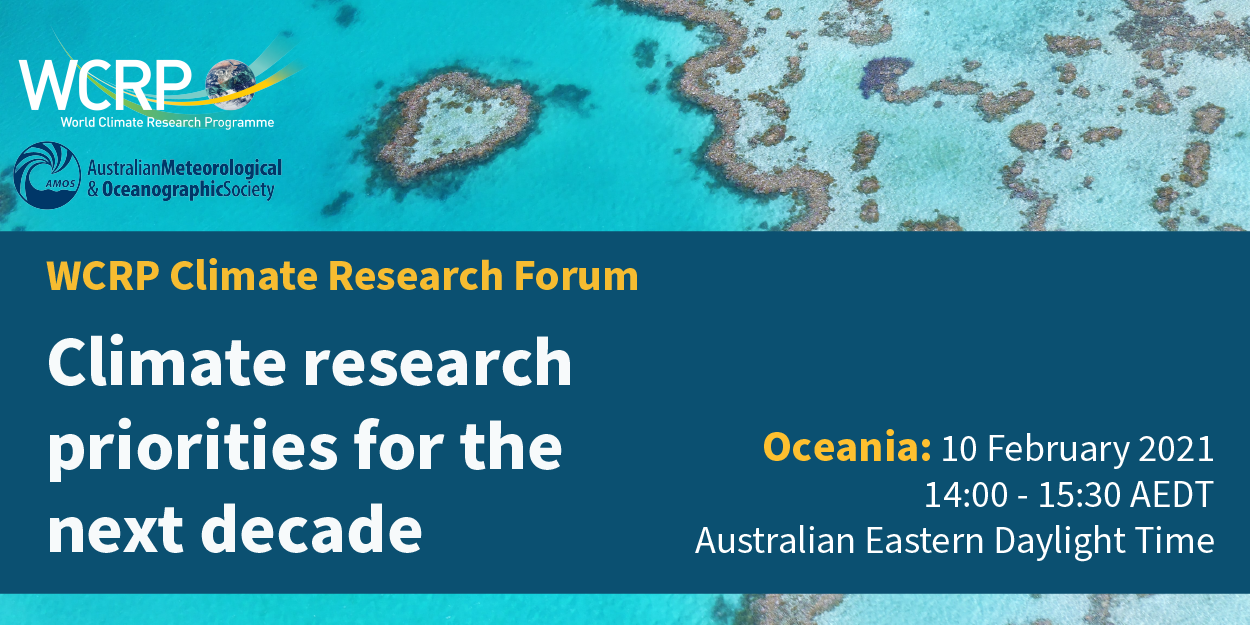A Scientific Officer position at the WCRP Secretariat is available
Under the overall guidance of the Director of the Science and Innovation (D/SI) and the direct supervision of the Head of the World Climate Research Division (H/WCR), the Scientific Officer will perform the following duties:
- Provide overall programmatic support to key World Climate Research Programme (WCRP) science activities including, but not limited to, those covering the WCRP Science Objective on “Fundamental understanding of the climate system”;
- Support the Head of the Division with regard to the development and realization of the WCRP Implementation and Transition process;
- Work closely with the staff in the Division to jointly meet key objectives;
- Coordinate with the WCRP International Project Offices, as necessary;
- Work with relevant activities to provide regular budget and funding updates, and assist the Head of Division in identifying possible sources of funding;
- Liaise and coordinate with the World Weather Research Programme (WWRP) and the Global Atmosphere Watch (GAW) in the SI Department as well as other activities as appropriate (e.g., ensuring connections with WMO Technical Commissions, the Research Board and other WCRP co-sponsored activities);
- Maintain current knowledge of climate research progress relevant to the WCRP;
- Work with other WMO Departments and WCRP’s co-sponsors to identify and support opportunities for early career, underrepresented, and developing country researchers;
- Represent the WCRP (and when appropriate the SI Department) in national and international meetings, as required;
- Under the guidance of the Head of the Division, work with the WCRP co-sponsors;
- Carry out other relevant duties as required.
- To know more, click here
- Deadline for application: 11th March 2021

